Analysis of Motivational Strategy & Leadership Management Practices
VerifiedAdded on 2023/06/13
|18
|525
|56
Presentation
AI Summary
This presentation provides a comprehensive overview of motivational strategies and their significance in organizational success. It begins by defining motivation and differentiating between intrinsic and extrinsic types. The presentation then examines the role of motivation in creating a competent workforce, reducing turnover costs, and building a positive brand image. Key aspects of developing a motivational strategy are discussed, including focusing on compensation, establishing proper communication systems, and fostering a positive work culture, along with developing intrinsic motivation through autonomy, recognition, and mentorship. Various management approaches, such as continuous improvement, and leadership practices aimed at managing employee performance are explored. The presentation highlights the importance of open communication and employee recognition in implementing a successful motivation strategy. It also addresses the need for adaptable leadership in diverse business situations and concludes by emphasizing the critical role of motivation in ensuring organizational growth and success. The document is available on Desklib, a platform offering study tools and solved assignments for students.
1 out of 18
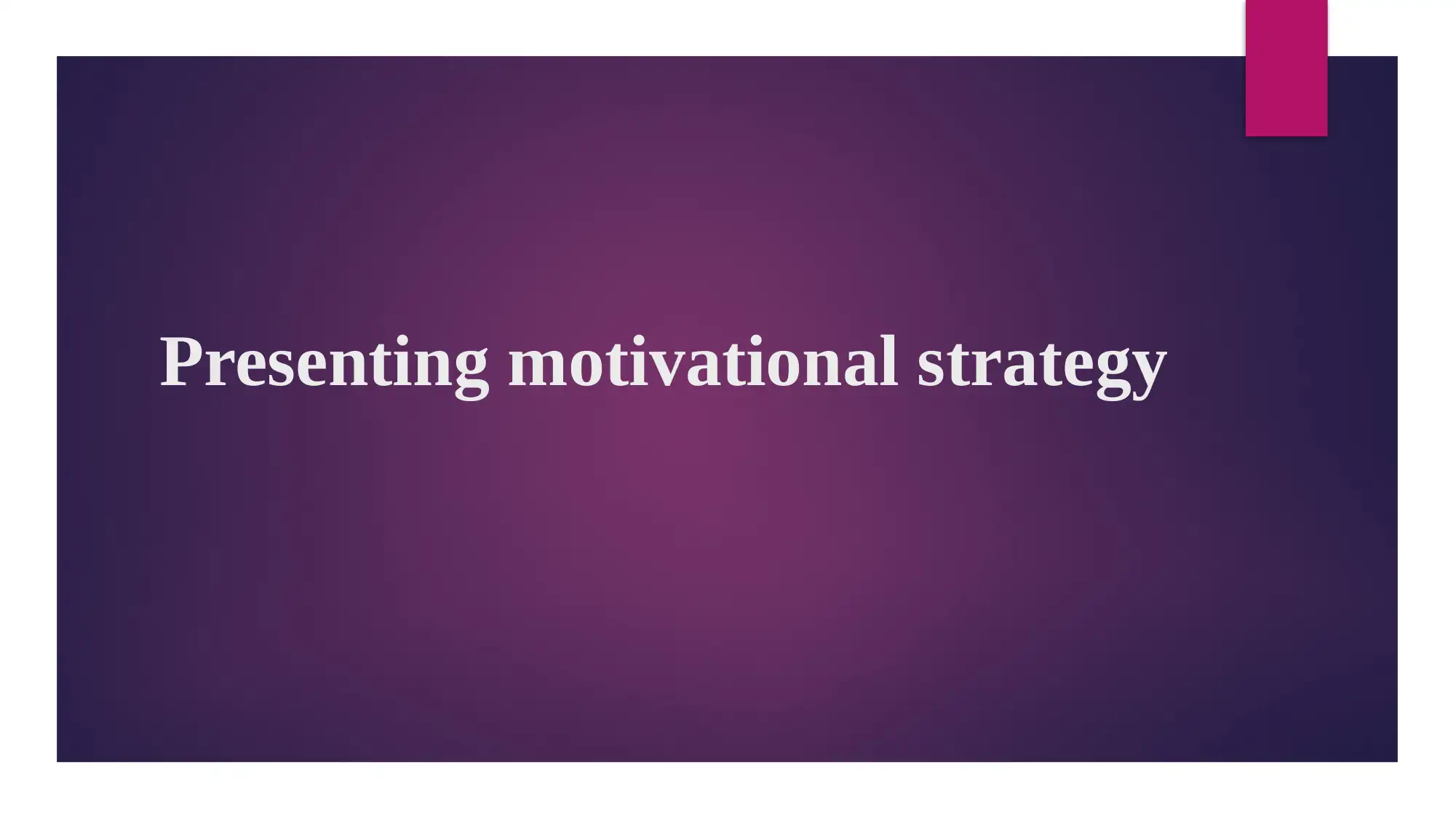
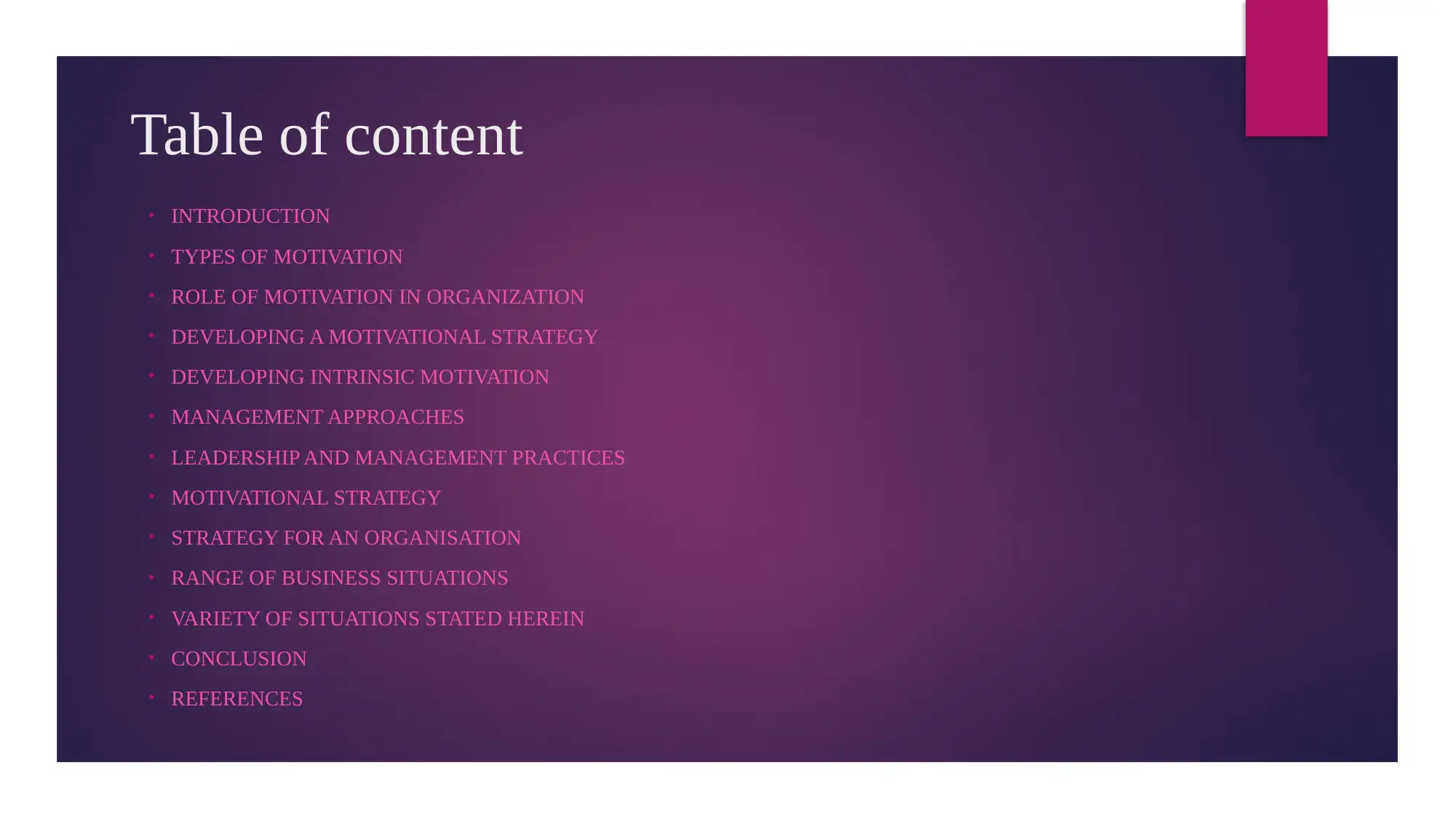
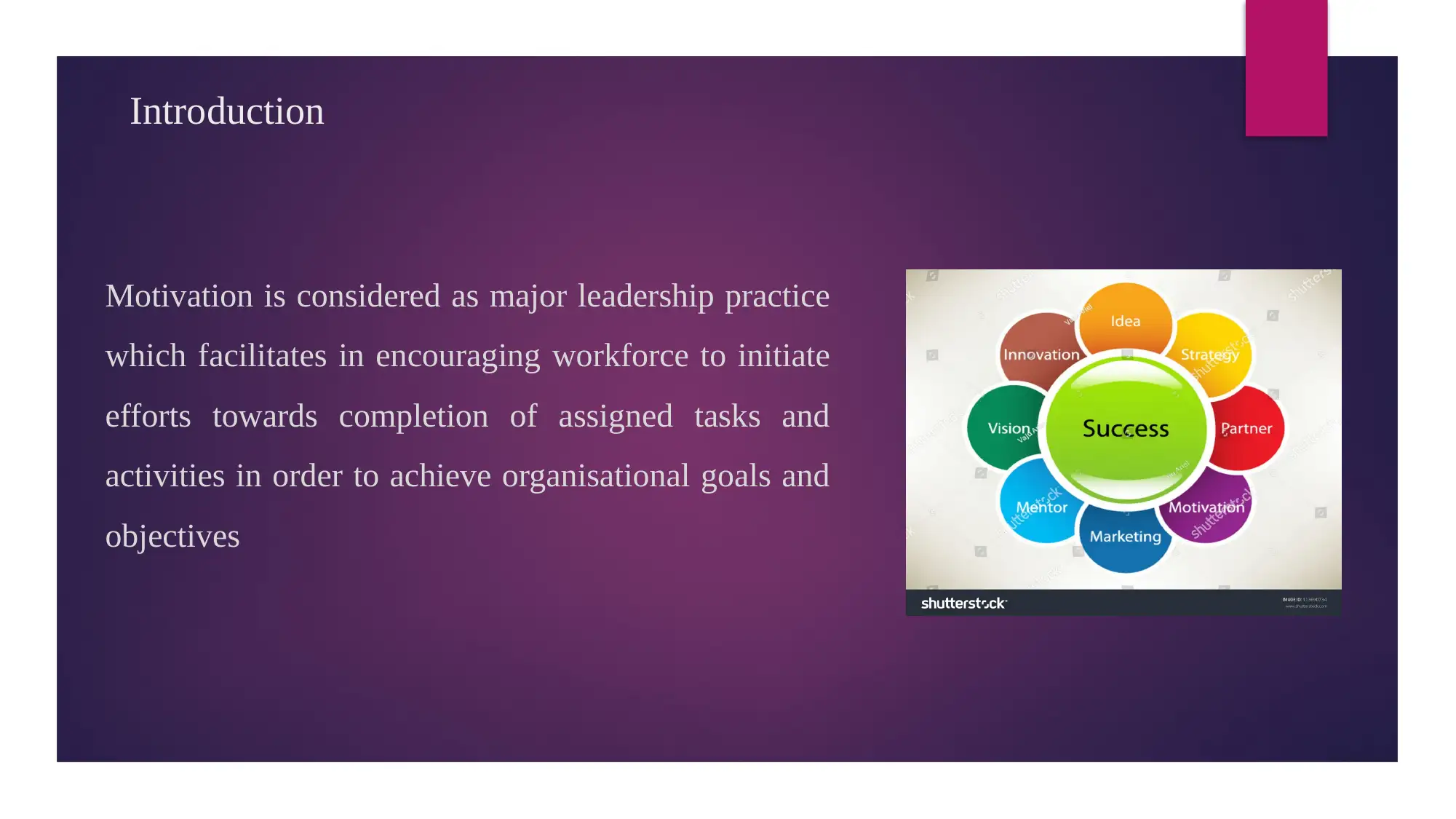

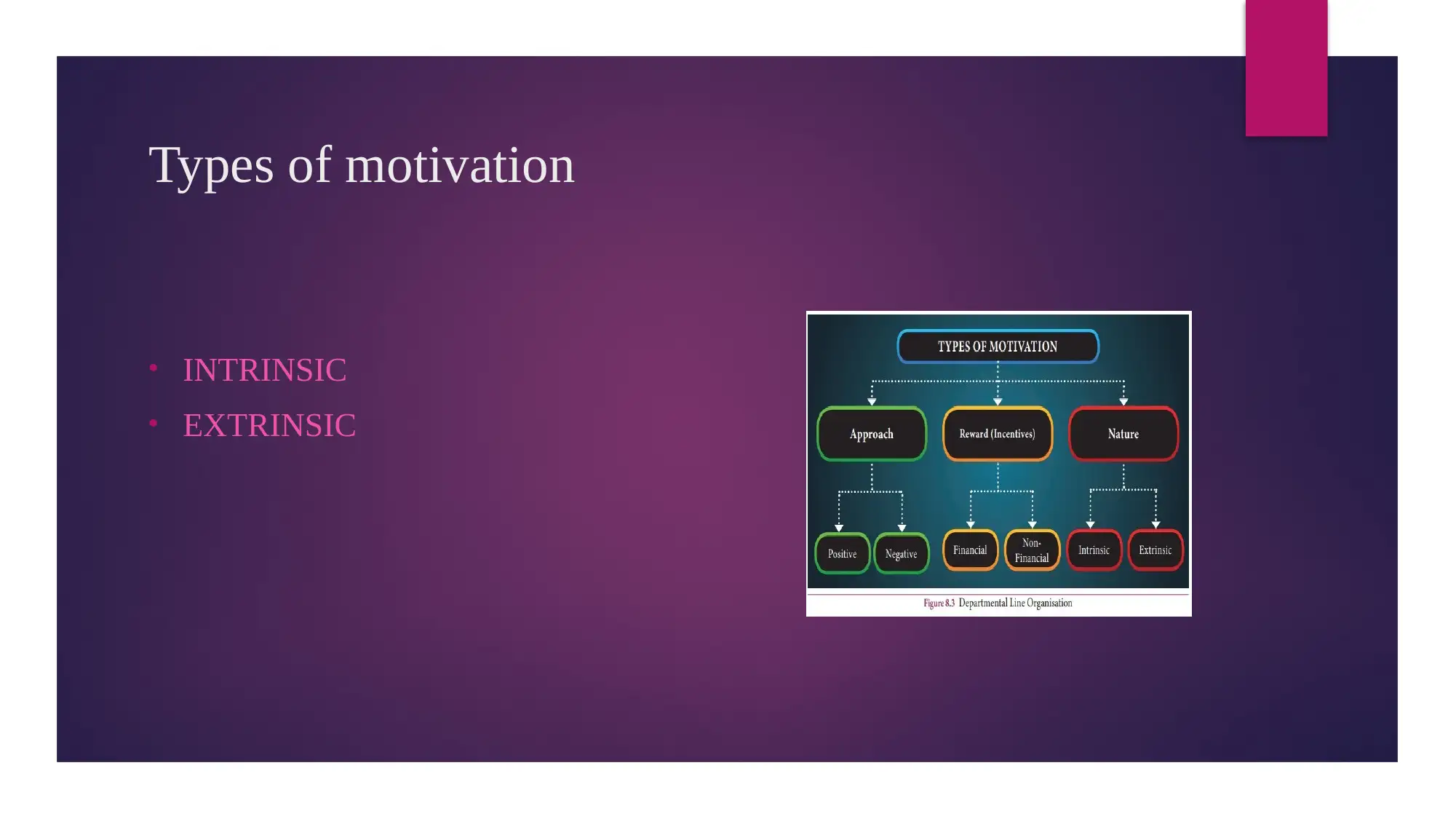
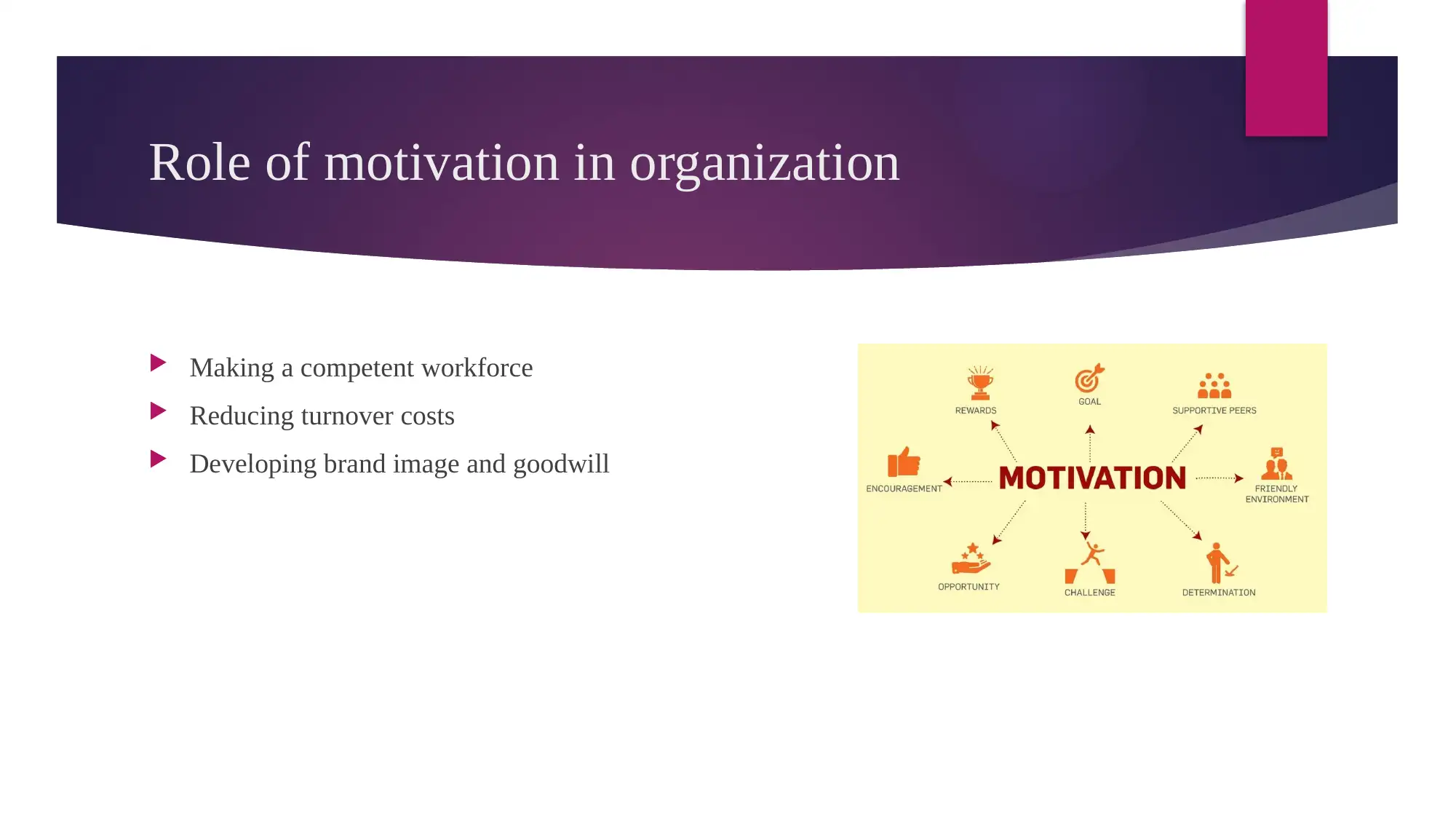
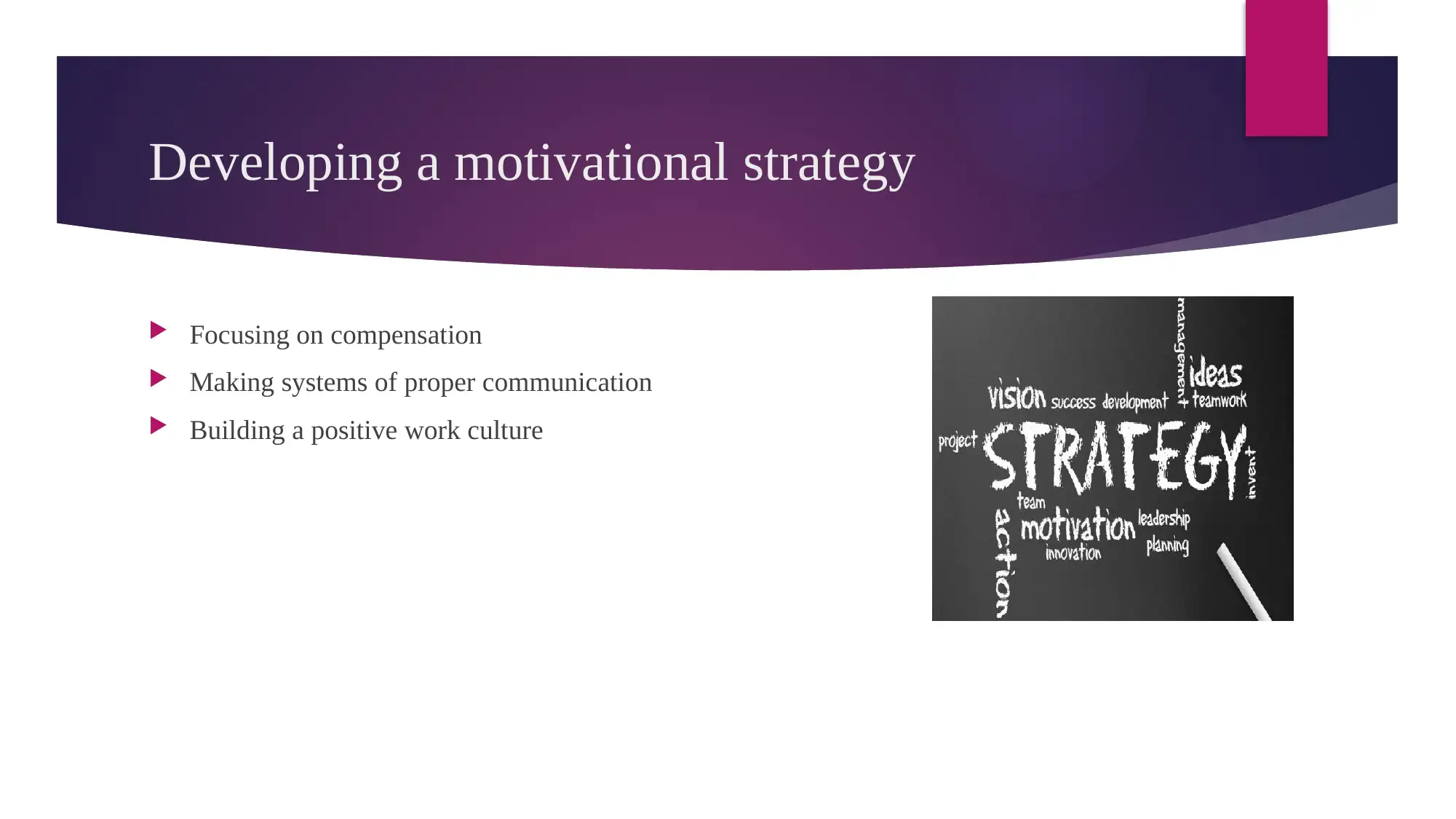
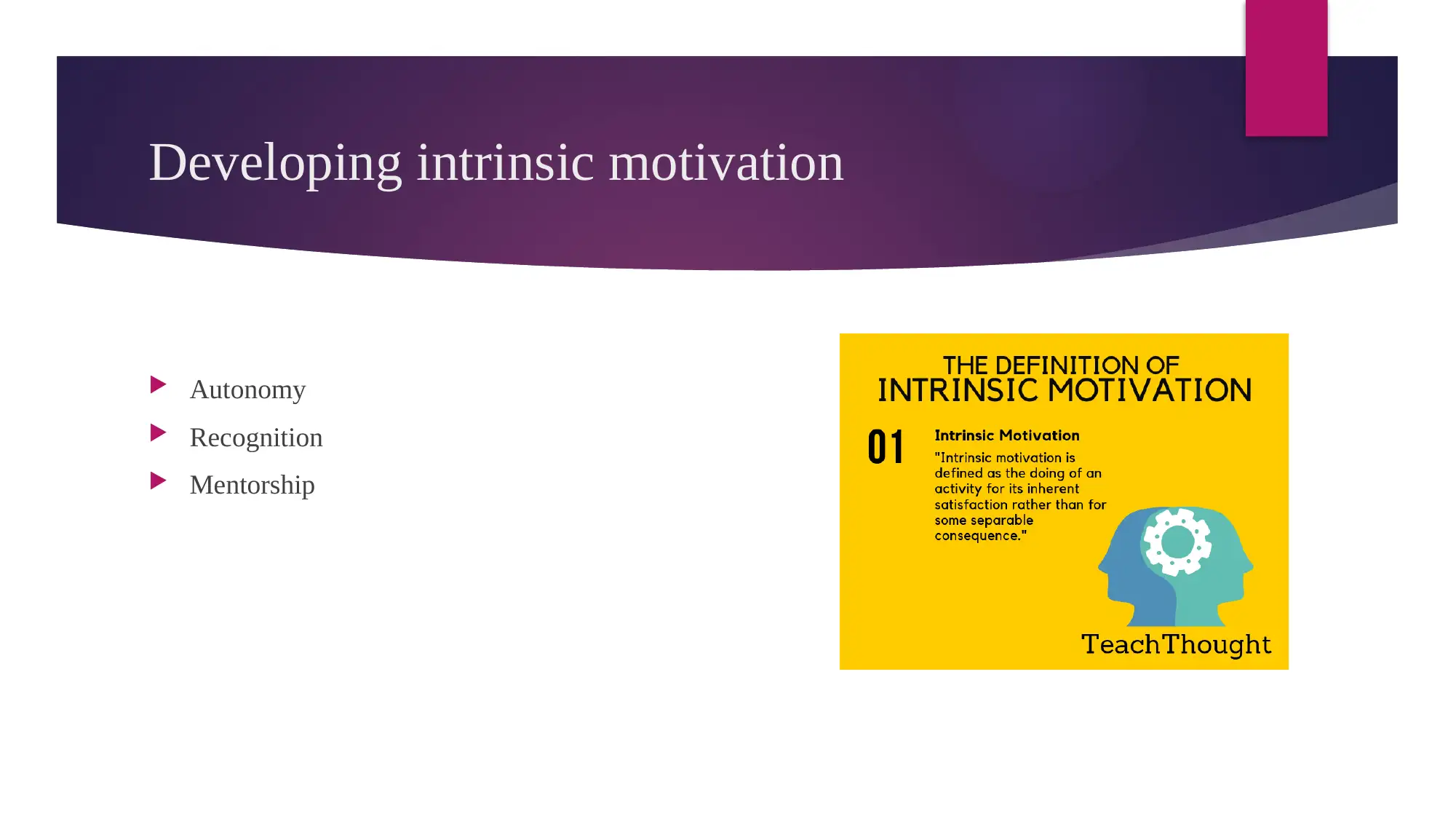
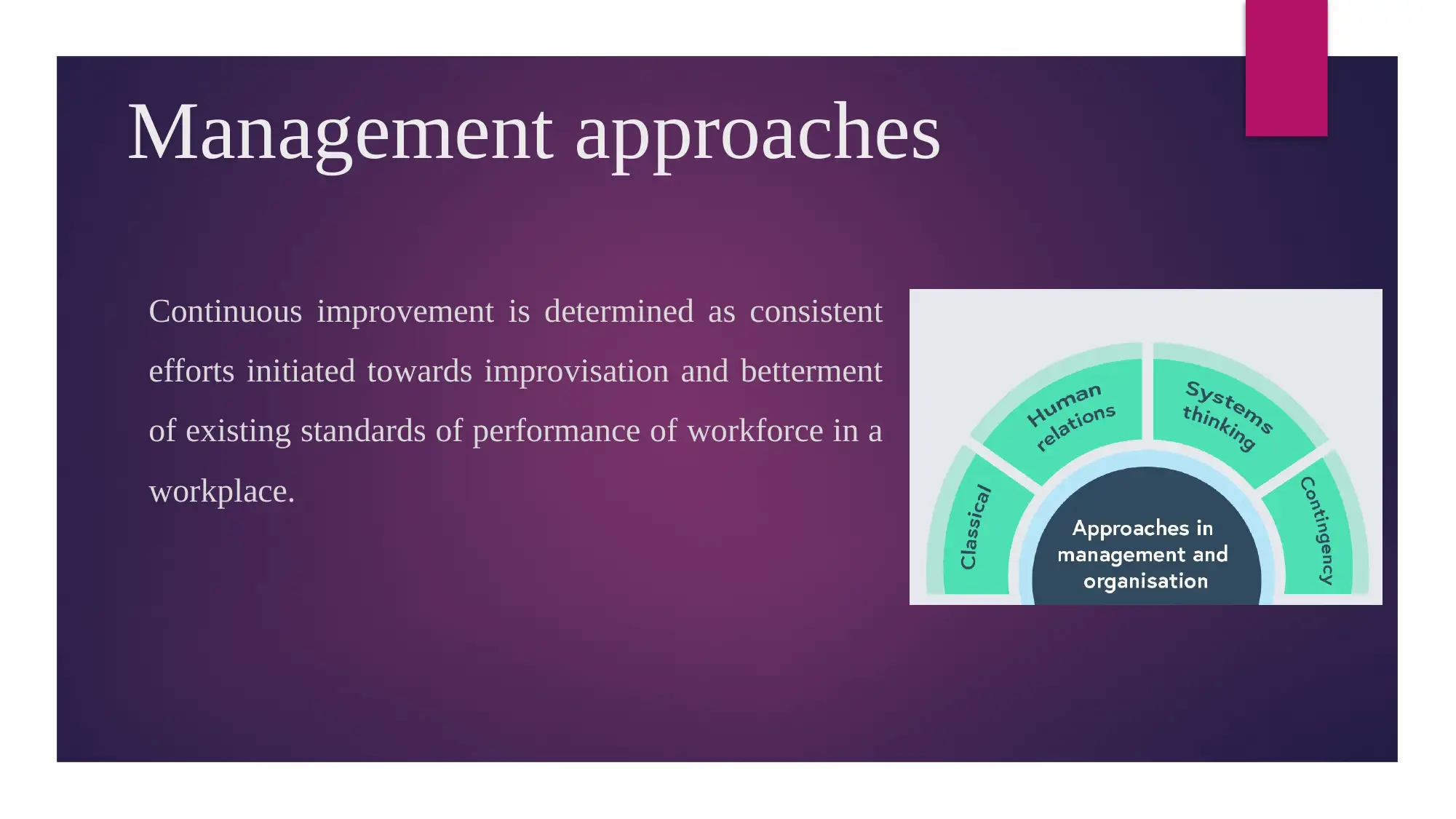
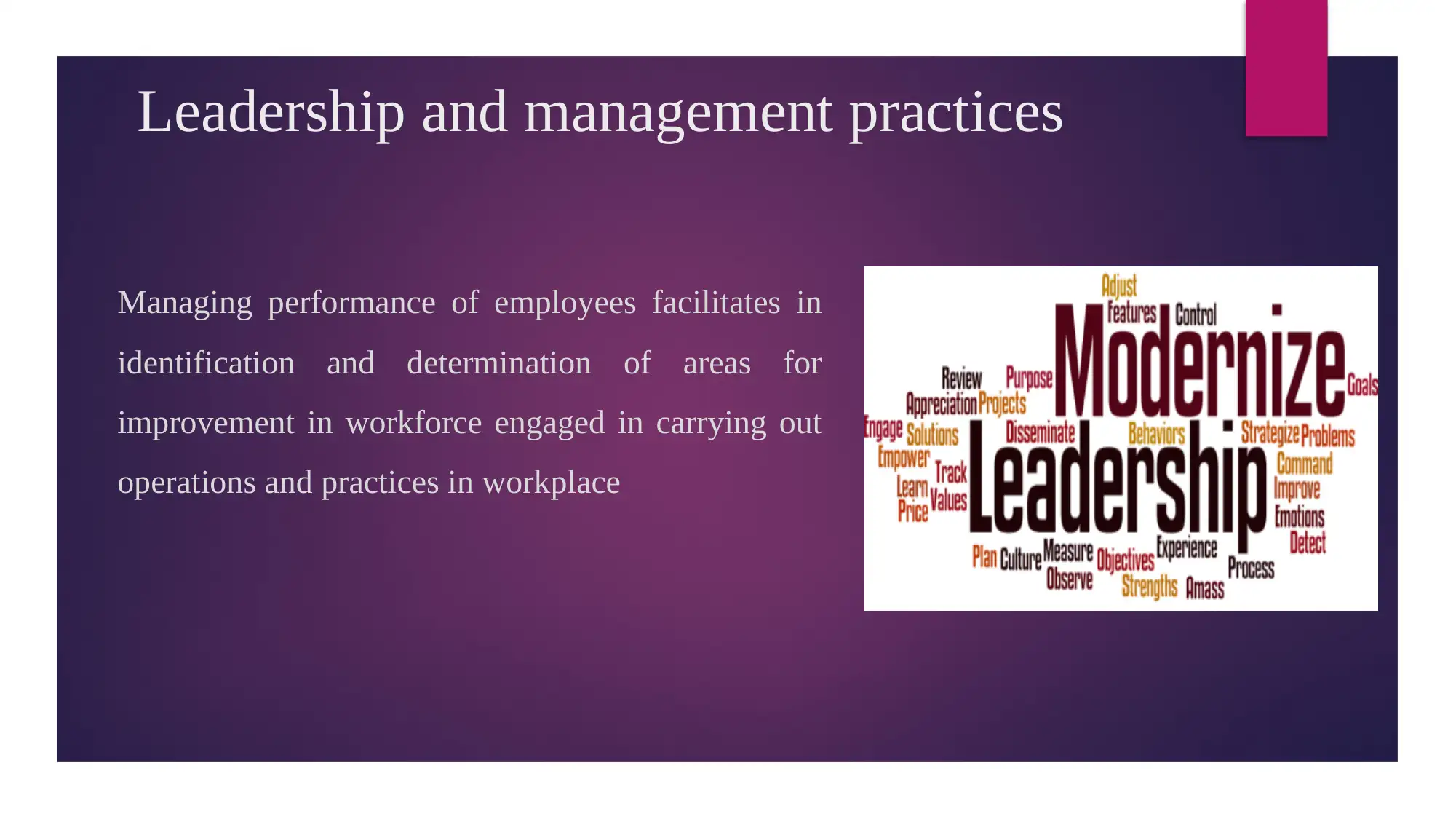
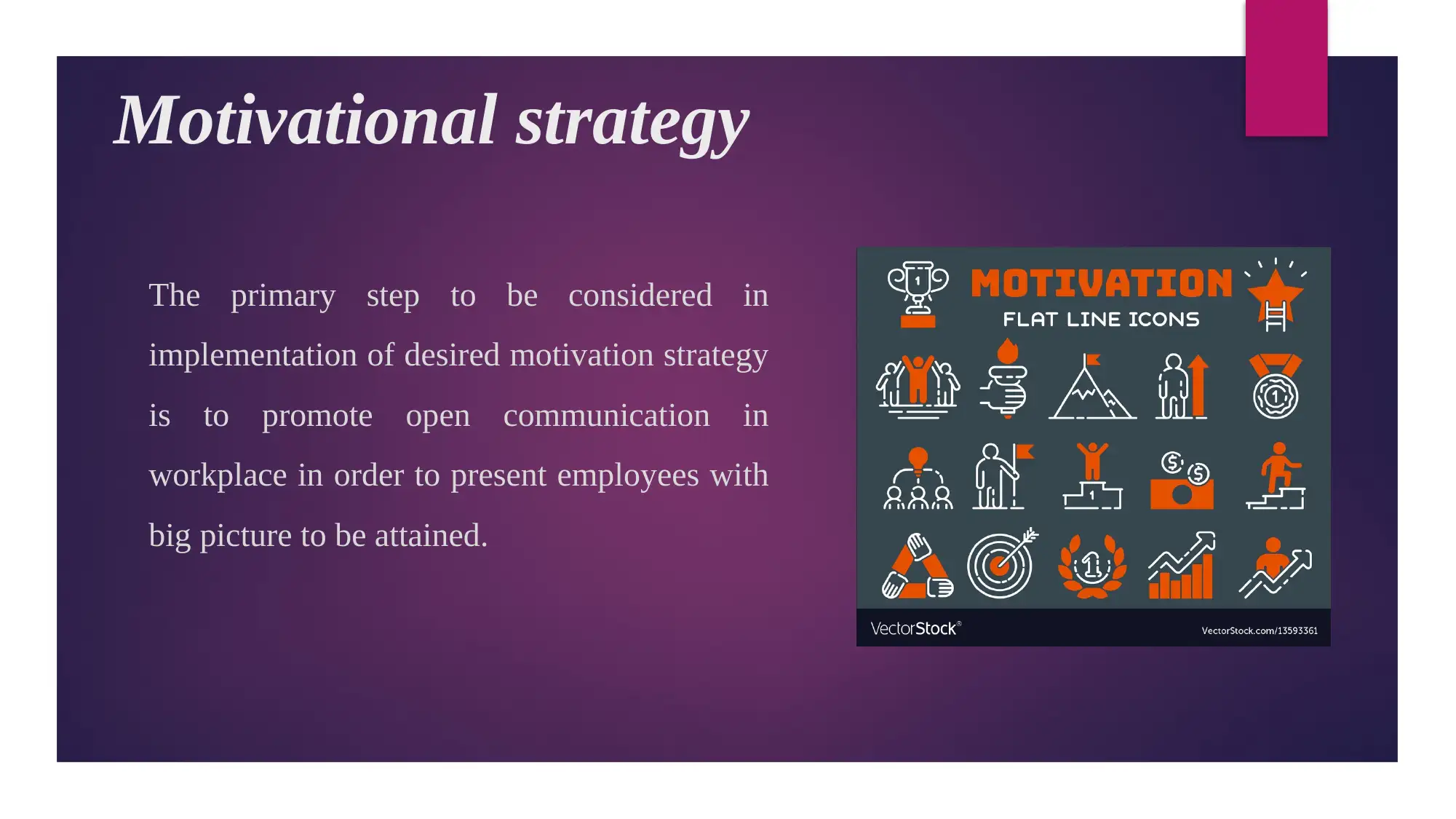
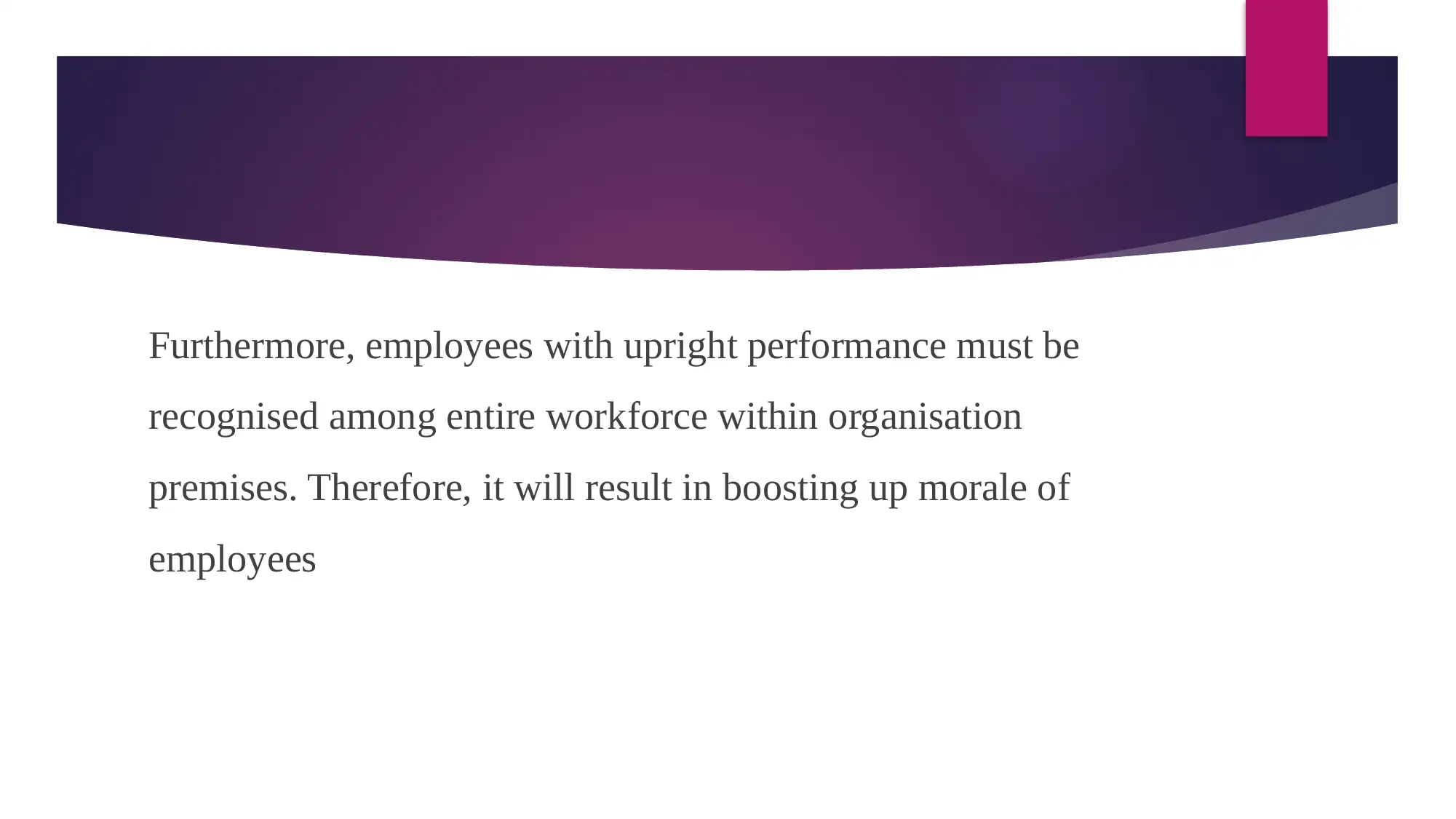
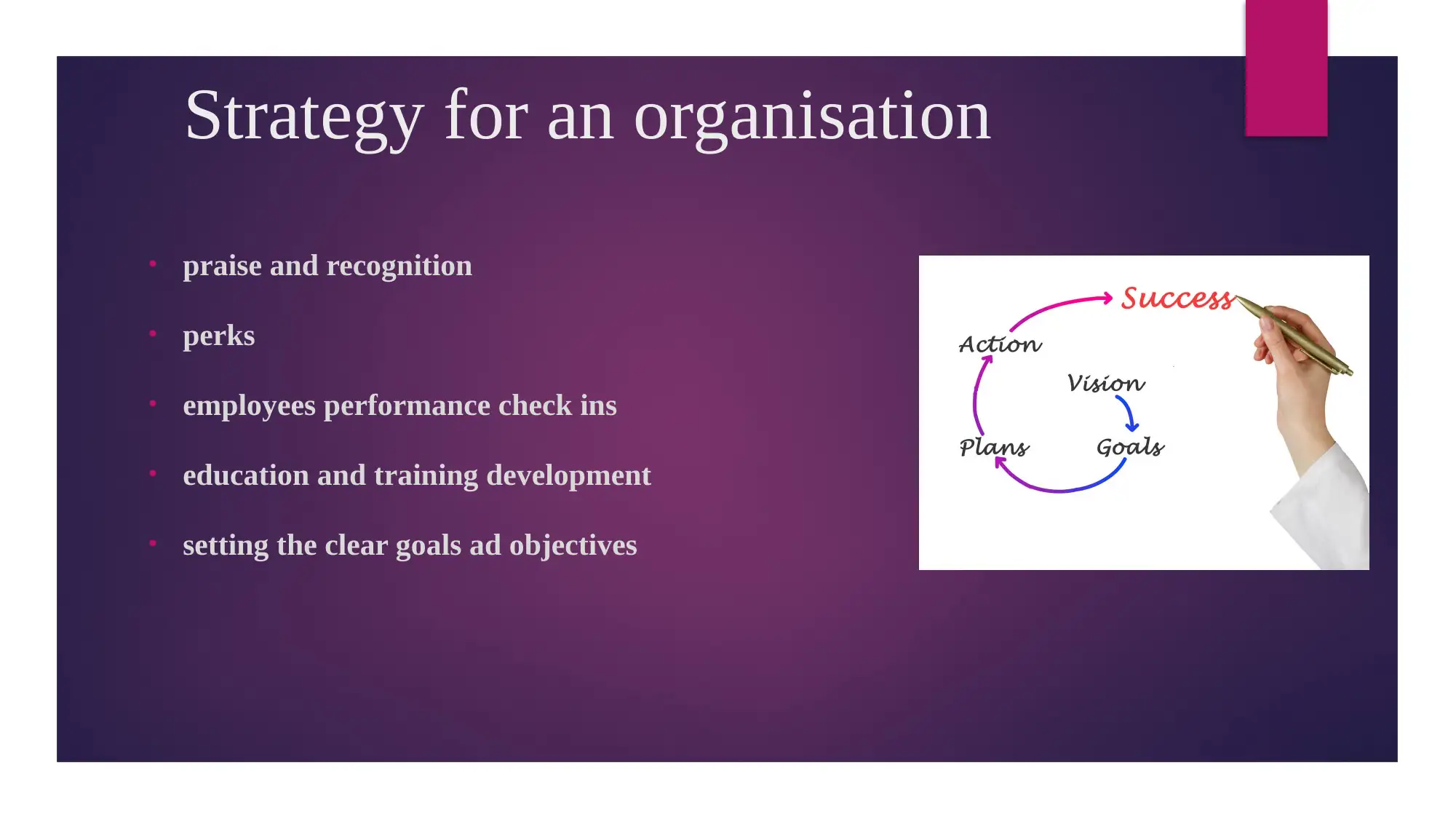






![[object Object]](/_next/static/media/star-bottom.7253800d.svg)